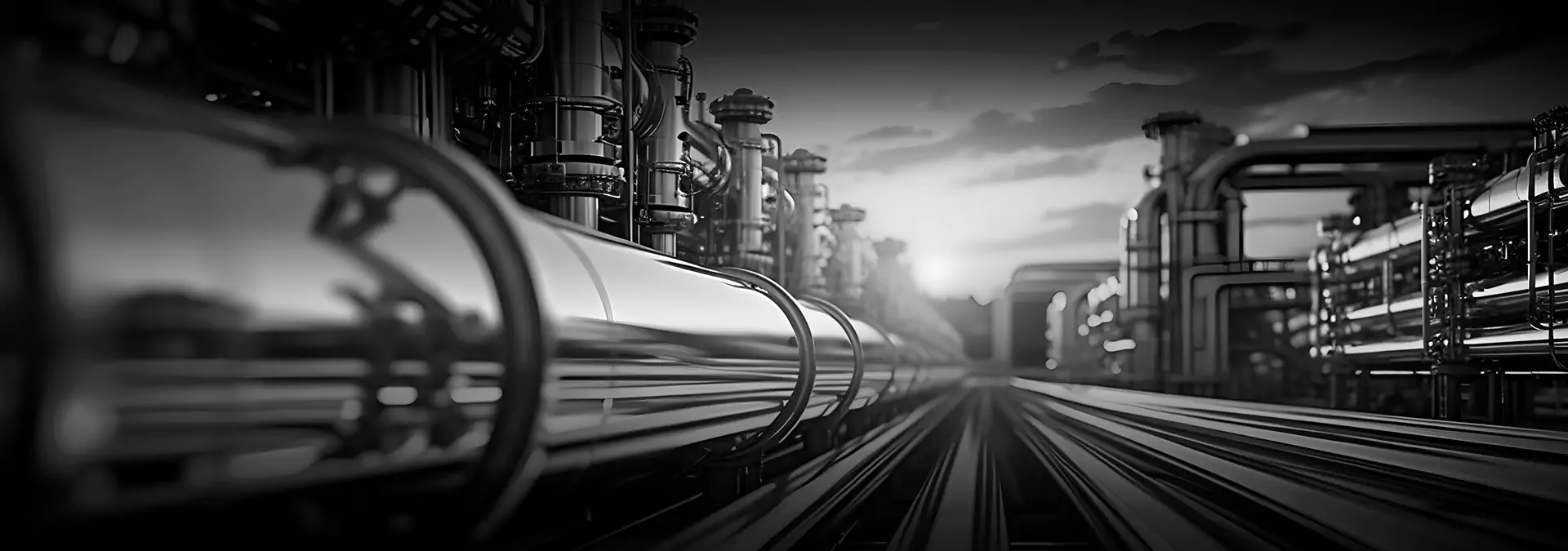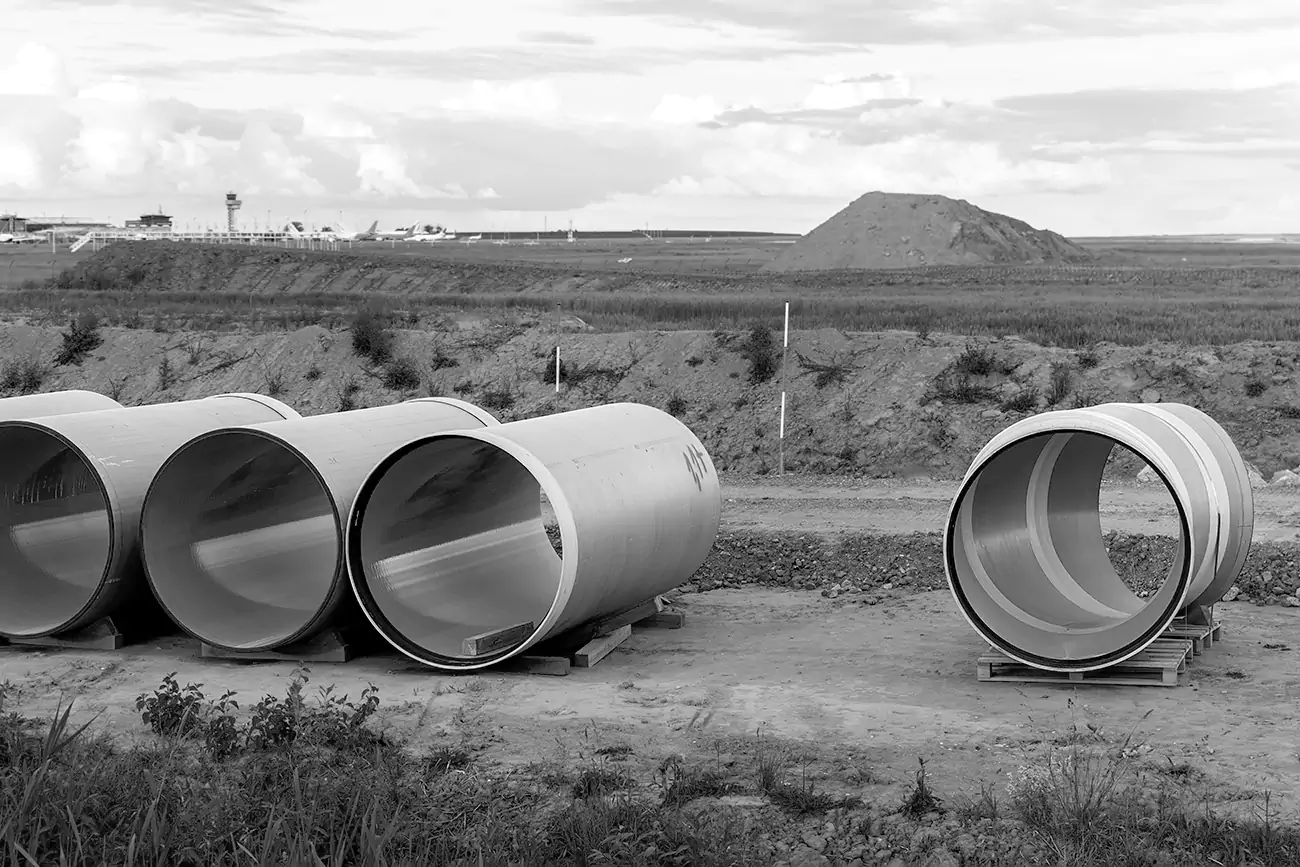The oil and gas industry will enter its healthiest balance sheet in 2023, according to research by Deloitte, with the market growing at a steady CAGR of 5.4% (from 2022 to 2032). This is welcome news for pipe suppliers in the UAE These figures are supported by further research from Deloitte reflecting executive sentiment in the oil and gas sector, with 93% of them expecting positive growth in the coming year. Strengthened by record profits in 2022, oil and gas companies are in a good position to fund their anticipated growth strategies and capitalize on global commitments to meet short-term energy requirements.
While oil and gas companies recognize geopolitical and macroeconomic uncertainty in the years ahead, they’ve also been given a clear mandate to secure supply in the short term while transitioning to cleaner energy in the longer term. Subsequently, they are looking at a mix of consolidation, strengthening financial standing, and investing in infrastructure and growth. For the moment, and despite considerable advances in new pipe system materials, steel remains the workhorse for the industry, and the most reliable, cost-effective, and versatile material across most applications, meaning that pipes and fittings suppliers in the UAE will continue to rely on steel for the bulk of their deliveries – for new and old facilities alike.



